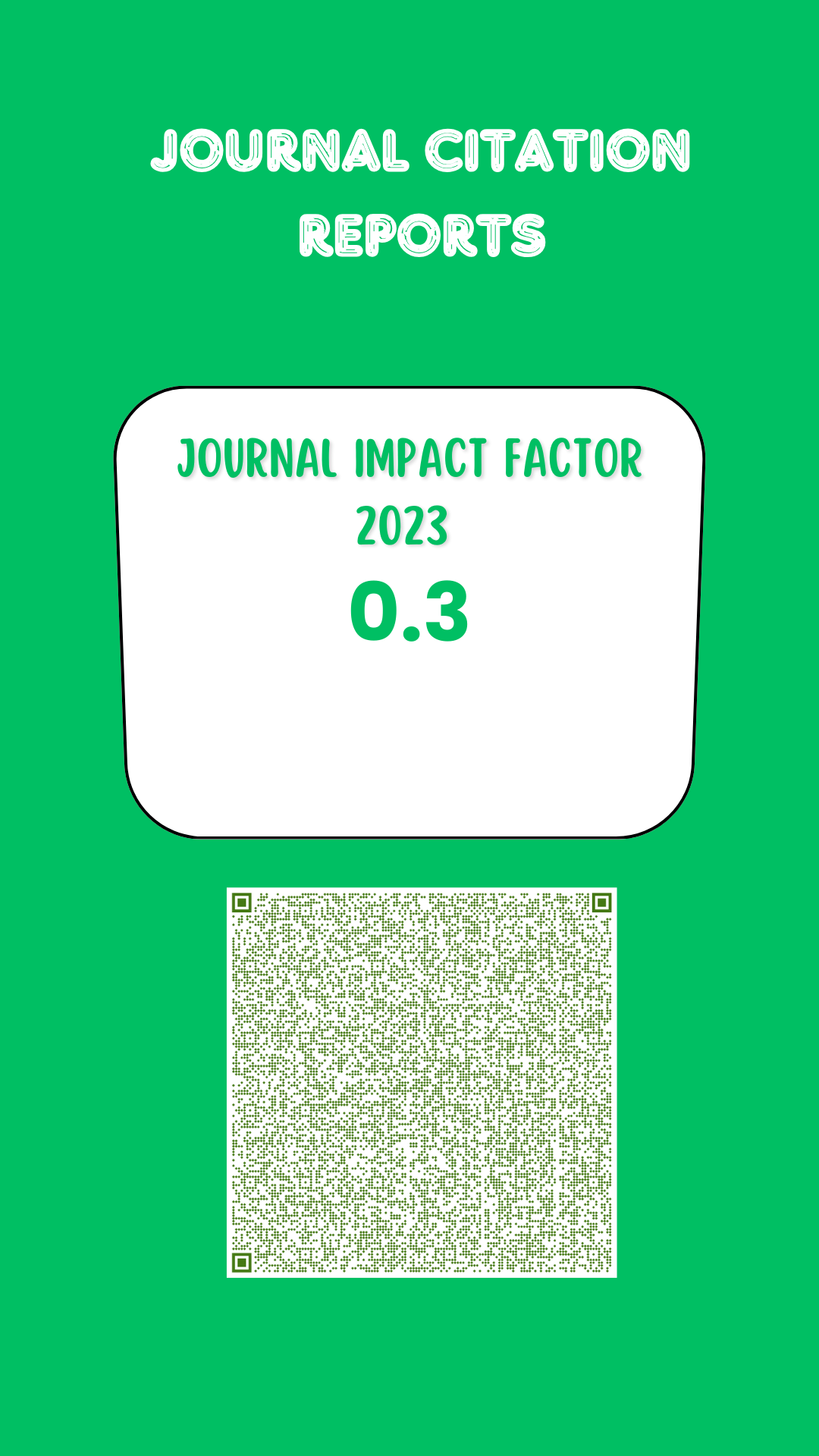Horn presence determines social rank in Dorper rams
DOI:
https://doi.org/10.19136/era.a11n2.4004Keywords:
Social hierarchy, social dominance, sheep, sexual performance, reproduction.Abstract
The aim was to determine if the presence of horns on rams defines whether they are high-ranking or low-ranking. Dorper rams (n = 20) were evaluated to determine their social rank (SR), either high (HSR) or low (LSR), under intensive management conditions. Upon SR classification, the morphometric variables horns presence (HP) or absence (HA) and distance between them, the height at the withers, body length, thoracic perimeter, and scrotal circumference, male odor, body weight, and body condition score were registered. Afterward, semen evaluations were performed, recording the ejaculated volume, sperm concentration, and mass motility. There were no differences (p > 0.05) for the morphometric variables between the groups. However, HP as well as semen quality were higher (p < 0.05) in HSR males. The presence of horns in the rams determined their social rank and the dominant males showed better semen quality than the subordinate males.
Downloads
References
Aguirre V, Orihuela A, Vázquez R (2007) Seasonal variations in sexual behavior, testosterone, testicular size, and semen characteristics, as affected by social dominance, of tropical hair rams (Ovis aries). Animal Science Journal 78: 417–423. 10.1111/j.1740-0929.2007.00456.x.
Alvarez L, Martin GB, Galindo F, Zarco LA (2003). The social dominance of female goats affects their response to the male effect. Applied Animal Behaviour Science 84: 119–126. 10.1016/j.applanim.2003.08.003.
Barroso FG, Alados CL, Boza J (2000) Social hierarchy in the domestic goat: Effect on food habits and production. Applied Animal Behaviour Science 69: 35–53. 10.1016/S0168-1591(00)00113-1.
Castillo-Zúñiga MS, Meza-Herrera CA, Calderón-Leyva G, López-Villalobos N, Navarrete-Molina C, Bustamante-Andrade JA, Sifuentes-Lamónt PI, Flores-Salas JM, Véliz-Deras FG (2022) Interactions between Social Hierarchy and Some Udder Morphometric Traits upon Colostrum and Milk Physicochemical Characteristics in Crossbred Dairy Goats. Agriculture 12: 1-13. https://doi.org/10.3390/agriculture12050734.
Clutton-Brock TH, Huchard E (2013) Social competition and selection in males and females. Philosophical Transactions Royal Society London 368: 201-300. 10.1098/rstb.2013.0074.
FASS (2010) Guide or the Care and Use of Agricultural Animals in Agricultural Research and Teaching, 3rd ed.; Federation Animal Science Society: Champaing, IL, USA. p. 177.
Gelez H, Archer E, Chesneau D, Campan R, Fabre-Nys C (2004) Importance of Learning in the Response of Ewes to Male Odor. Chemical Senses 29: 555–563. https://doi.org/10.1093/chemse/bjh054.
Ghosh CP, Datta S, Mandal D, Das AK, Roy DC, Roy A, Tudu NK (2019) Body condition scoring in goat: Impact and signifcance. Journal of Entomology and Zoology Studies 7: 554–560.
González-Tavizón A, Meza-Herrera CA, Arellano-Rodríguez G, Mellado M, Contreras-Villarreal V, Ángel-García O, Arévalo JR, Véliz-Deras FG (2022) Effect of Dorper Rams’ Social-Sexual Hierarchy on Their Sexual Behavior and Capacity to Induce Estrus in Ewes. Agriculture 12: 391. https://doi.org/10.3390/agriculture12030391.
INEGI (2023) Instituto Nacional de Estadística y Geografía. https://www.inegi.org.mx/app/areasgeograficas/ (accessed 23 November 2022).
Kruczek M (1997) Male rank and female choice in the bank vole, Clethrionomys glareolus. Behaviour. Process 40: 171–176. https://doi.org/10.1016/S0376-6357(97)00785-7.
Kruczek M, Styrna J (2009) Semen quantity and quality correlate with bank vole males' social status. Behaviour Processes 82(3): 279-85. 10.1016/j.beproc.2009.07.009.
Maurya VP, Sejian V, Singh G, Samad HA, Domple V, Dangi SS, Sarkar M, Kumar P, Naqv SMK, (2017) Significance of Body Condition Scoring System to Optimize Sheep Production. In Sheep Production Adapting to Climate Change, 1st ed.; Sejian V, Bhatta R, Gaughan J, Malik PK, Naqvi SMK, Lal R. Eds.; Springer: Singapore. pp. 389–411.
NRC (2007) Nutrient Requirements of Small Ruminants: Sheep, Goats, Cervids, and New World Camelids; The National Academies Press: Washington, DC, USA.
Pelletier F, Festa-Bianchet M (2006) Sexual selection and social rank in bighorn rams. Animal Behaviour 71(3): 649-655. 10.1016/j.anbehav.2005.07.008.
SADER (2001) Secretaría de Agricultura y Desarrollo Rural, Norma Oficial Mexicana NOM-062-ZOO-1999. Especificaciones Técnicas para la Producción, Cuidado y Uso de los Animales de Laboratorio; [Technical Specifcations for the Production, Care and Use of Laboratory Animals]; Diario Ofcial de la Federación: Mexico City, Mexico, 2001.
Sifuentes-Lamónt PI, Meza-Herrera CA, Véliz-Deras FG, Alvarado-Espino AS, Alvarado-Espino AV, Calderón-Leyva G, Angel-Garcia O, Carrillo-Moreno DI, Contreras-Villarreal V, Delgado- González RA (2022) Multifaceted Interplay among Social Dominance, Body Condition, Appetitive and Consummatory Sexual Behaviors, and Semen Quality in Dorper Rams during Out-Of-Season and Transition Periods. Animals 12: 31-39. https://doi.org/10.3390/ani12233339.
Sim Z, Coltman DW (2019) Heritability of horn size in Thinhorn sheep. Frontiers in Genetics 10: 959. https://doi.org/10.3389/fgene.2019.00959.
Simon R, Drögemüller C, Lühken G (2022) The Complex and Diverse Genetic Architecture of the Absence of Horns (Polledness) in Domestic Ruminants, including Goats and Sheep. Genes 13: 832. 10.3390/genes13050832.
Tölü C, Savaş T, Pala A, Thomsen H (2007) Effects of goat social rank on kid gender. Czech Journal of Animal Science 52: 77–82. 10.17221/2235-CJAS.
Zuñiga-Garcia S, Meza-Herrera CA, Mendoza-Cortina A, Otal J, Perez-Marín C, Lopez-Flores NM, Carrillo E, Calderon-Leyva G, Gutierrez-Guzman UN, Véliz-Deras FG (2020) Effect of social rank upon estrus induction and some reproductive outcomes in anestrus goats treated with progesterone + eCG. Animals 10: 1-18. https://doi.org/10.3390/ani10071125.
Downloads
Published
Issue
Section
License
Copyright (c) 2024 Ecosistemas y Recursos Agropecuarios

This work is licensed under a Creative Commons Attribution-NonCommercial-ShareAlike 4.0 International License.
Aviso de copyright
Los autores que se envían a esta revista aceptan los siguientes términos:
una. Los autores conservan los derechos de autor y garantizan a la revista el derecho a ser la primera publicación del trabajo con una licencia de atribución de Creative Commons que permite a otros compartir el trabajo con un reconocimiento de la autoría del trabajo y la publicación inicial en esta revista.
B. Los autores pueden establecer acuerdos complementarios separados para la distribución no exclusiva de la versión del trabajo publicado en la revista (por ejemplo, en un repositorio institucional o publicarlo en un libro), con un reconocimiento de su publicación inicial en esta revista.
C. Se permite y se anima a los autores a difundir su trabajo electrónicamente (por ejemplo, en repositorios institucionales o en su propio sitio web) antes y durante el proceso de envío, ya que puede conducir a intercambios productivos, así como a una cita más temprana y más extensa del trabajo publicado. (Consulte El efecto del acceso abierto).



